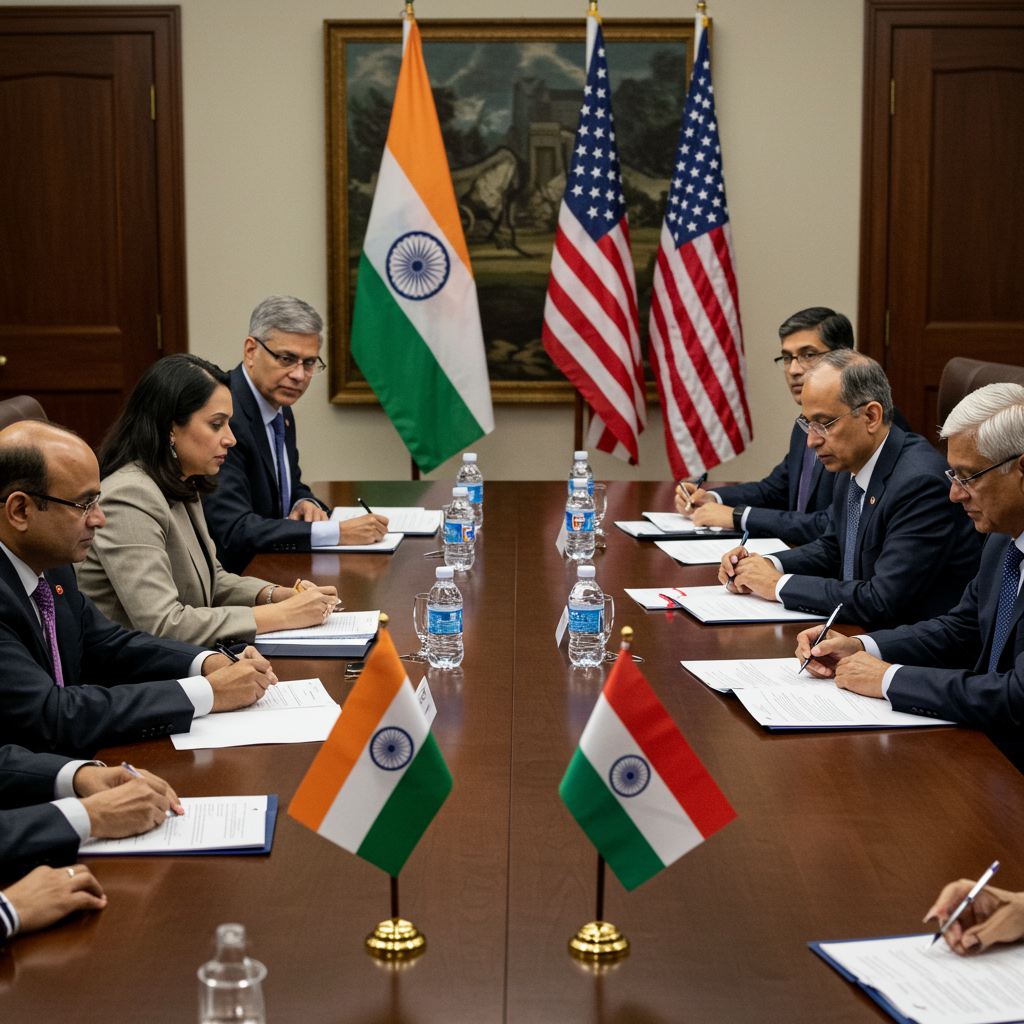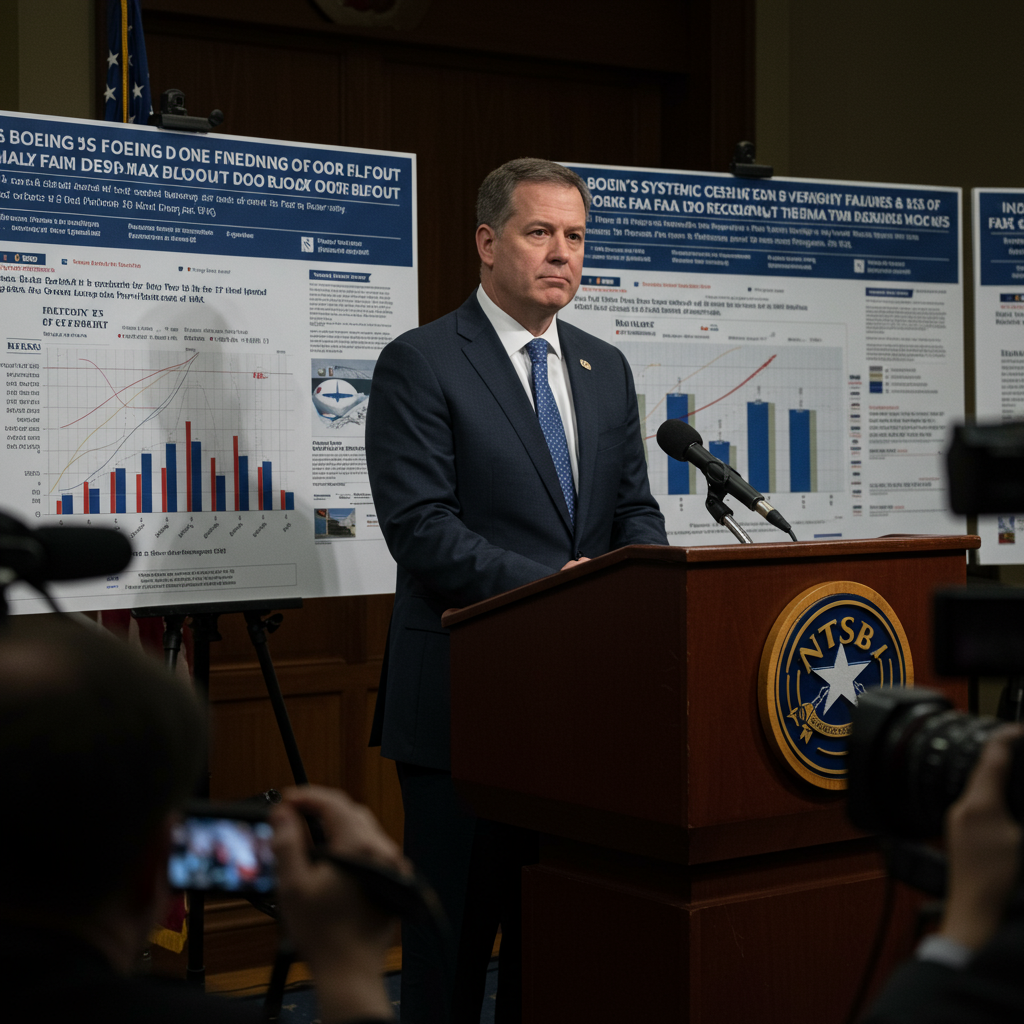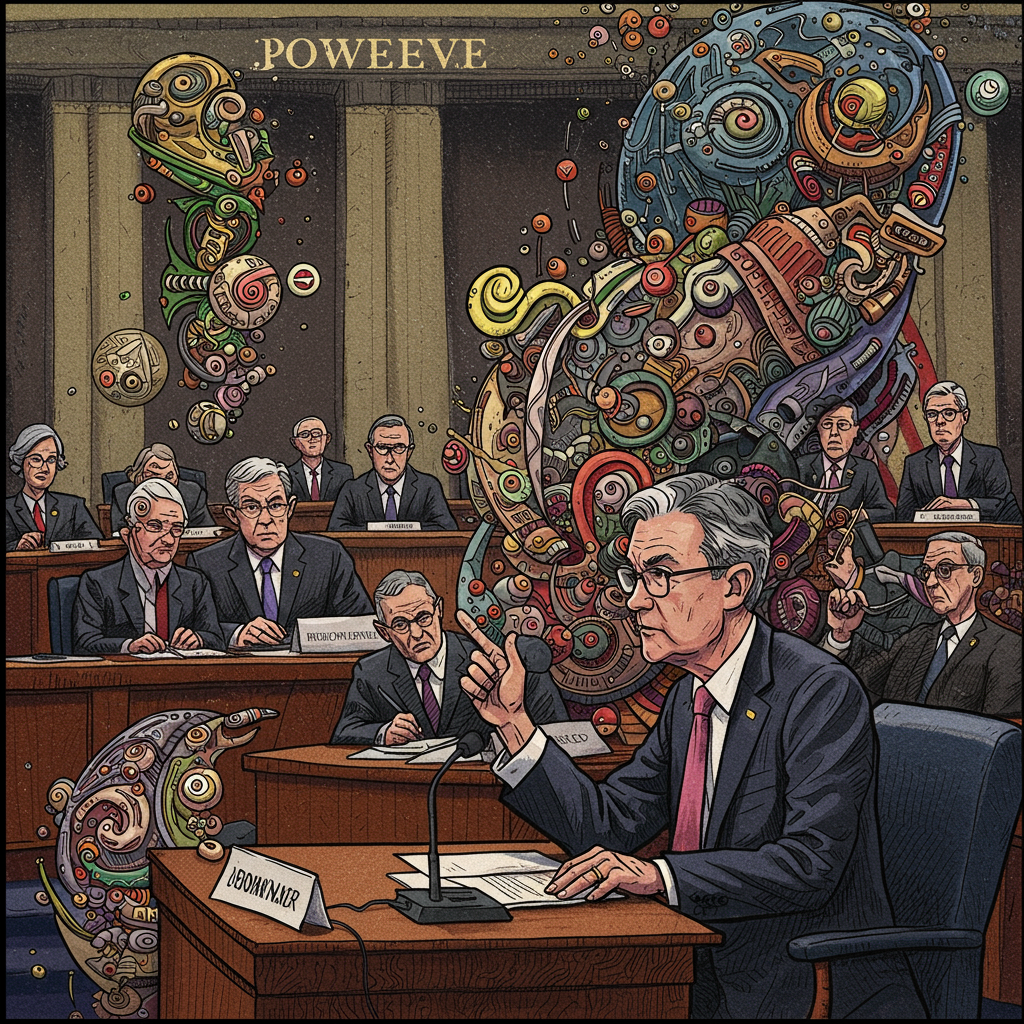Hopes for a swift “big, beautiful” trade pact between india and the United States face significant hurdles. With a key deadline set by the US administration rapidly approaching, negotiators remain locked in tough discussions. Despite optimistic public statements, reaching an interim agreement is proving complex. Key sticking points continue to dominate talks, particularly around market access for US agricultural goods, auto components, and tariffs on Indian steel exports.
The window to finalize a deal appears to be narrowing. Indian trade officials extended their stay in Washington for further negotiations. However, Delhi has signaled “very big red lines,” especially regarding protection for its vital farm and dairy sectors. The US, conversely, is pressing hard for broader market openings. The tone remains hopeful, but the path to a deal is uncertain. Experts suggest the coming days are critical. They will determine whether a limited “mini-deal” is possible or if both sides walk away from the table for now.
The Agricultural Divide: A Core Sticking Point
Agriculture stands out as the most contentious issue in the current talks. Washington has long viewed India’s vast farm sector as a major untapped market. It consistently pushes for greater access for its agricultural products. However, India maintains a fierce protective stance over this sector. This protection is driven by concerns over national food security. It also aims to safeguard the livelihoods of millions of small farmers. Experts highlight the immense political and economic sensitivity of this area. Over 700 million people in India’s rural economy are linked to farming and dairy.
Protecting Indian farmers means resisting major tariff concessions on key items. Dairy products and staple food grains like rice and wheat are particularly sensitive. These categories are closely tied to India’s Minimum Support Prices (MSP) and public procurement systems. These policies protect farmers from price crashes. They guarantee fair prices and stable crop purchases. Experts believe significant tariff cuts are unlikely for these vital categories.
While India’s farm trade with the US is currently modest at $8 billion, the US aims higher. India primarily exports rice, shrimp, and spices. The US sends nuts, apples, and lentils. Washington seeks increased access for bigger farm exports. Products like maize, soya bean, cotton, and corn are on the US radar. Boosting these exports is seen as a way to help narrow the significant $45 billion trade deficit the US holds with India. However, concerns exist that tariff concessions could pressure India to weaken its essential food policy safeguards like MSP and public procurement.
Non-Tariff Barriers and Quality Control Orders
Beyond tariffs, another major obstacle cited by the US is India’s use of non-tariff barriers. Specifically, Washington has raised concerns over India’s growing set of Quality Control Orders (QCOs). These rules are seen by the US as burdensome import-quality requirements. They significantly hinder market access for American goods. Experts agree that meaningfully addressing these QCOs within a trade deal could prove tricky.
India has implemented over 700 QCOs as part of its “self-reliant India” initiative. The stated aim is to curb low-quality imports entering the country. This push also seeks to promote domestic manufacturing. However, some critics within India have called these rules a “malign intervention.” They argue that QCOs restrict necessary imports and increase costs for domestic medium and small-scale industries. This highlights internal debate surrounding India’s protectionist measures.
The US stance on market access reflects a broader strategy under the Trump administration. President Trump often framed his approach to trade as correcting perceived imbalances. He implemented widespread tariffs, sometimes referring to this as “Liberation Day.” This strategy included a proposed baseline tariff of 10% on many imports globally. While aimed at boosting domestic industry and reducing trade deficits, economists warned these tariffs carried significant risks. Potential downsides included rising costs for consumers, alienating allies, and increasing the chance of a global recession. This wider context underscores the US push for market opening in the India talks. Failure to reach a specific deal could see India facing these more general tariff measures.
The Likely Path: A Limited “Mini-Deal”
Given the persistent difficulties, experts believe a limited trade pact is the most probable outcome. This “mini-deal” would likely focus on a narrower set of issues. It might take inspiration from other limited trade agreements the US has pursued. Such a pact would involve India potentially cutting tariffs on a range of industrial goods. This could include automobiles, which has been a long-standing US demand.
Limited agricultural access might also be granted, but likely only through specific mechanisms. This could involve tariff cuts or quotas on select products. Examples mentioned include ethanol, almonds, walnuts, apples, raisins, avocados, olive oil, spirits, and wine. This suggests a highly targeted approach rather than broad market liberalization for politically sensitive commodities.
Beyond tariff adjustments, the US is also expected to push India for large-scale commercial purchases. These could range from energy products like oil and LNG to major procurements like Boeing aircraft, helicopters, and potentially nuclear reactors. Washington may also seek policy changes facilitating Foreign Direct Investment (FDI) in sectors like multi-brand retail. This could benefit major US firms already operating in India. Relaxed rules on re-manufactured goods are another potential US demand.
A “mini-deal” structured in this way would serve a specific purpose. It would address certain key trade irritants and secure strategic commitments. However, it would intentionally leave broader Free Trade Agreement (FTA) issues for future negotiation. Complex areas like services trade, intellectual property (IP) rights, and digital regulations would likely be deferred. This pragmatic approach acknowledges the current limitations in bridging the divides.
What Happens If Talks Collapse?
If negotiations fail to produce even a mini-deal, the future of US-India trade relations faces a different kind of uncertainty. Experts think it is unlikely President Trump would reinstate the steep 26% tariff rate previously applied to some Indian imports. Instead, a more probable scenario involves a 10% baseline tariff applying to most Indian goods. This would be in addition to existing MFN (Most Favoured Nation) rates under WTO rules. This aligns with the broader tariff strategy discussed earlier.
Imposing this baseline tariff specifically on India, while many other countries also face similar measures, might not seem overly punitive in that wider context. However, it contrasts with the UK, which has reportedly secured a deal to avoid such levies. Targeting India directly could still carry political implications. Experts caution that surprises can never be fully ruled out with President Trump’s approach to trade policy.
The initial vision for the trade relationship laid out by leaders was simpler. It suggested a complementary focus: the US specializing in capital-intensive manufactured goods and India in labor-intensive items. However, the current complexities in negotiations indicate this initial concept has become entangled in persistent disagreements over market access and protectionist policies. The immediate future depends heavily on whether a narrow, achievable path can be forged in the coming days.
Frequently Asked Questions
What are the main issues preventing the India-US trade deal?
The primary obstacles include US demands for greater market access for its agricultural products, which India fiercely protects due to food security and farmer livelihoods. Other significant sticking points are US concerns about India’s non-tariff barriers, specifically Quality Control Orders (QCOs) hindering imports, and disagreements over tariffs on specific goods like Indian steel and auto components.
How would a collapse in India-US trade talks impact tariffs?
Experts suggest that if a trade deal is not reached, President Trump is unlikely to bring back the previous 26% tariff rate. Instead, it’s more probable that a 10% baseline tariff, part of a broader US tariff strategy, could apply to most Indian imports on top of standard rates. While surprising outcomes are possible, the 10% rate is seen as the more likely consequence compared to the earlier, higher tariff.
Why is agriculture such a sensitive point in these trade talks?
Agriculture is highly sensitive for India due to its direct link to food security and the livelihoods of over 700 million people in its rural economy, primarily small farmers. India uses policies like Minimum Support Prices (MSP) and public procurement to protect farmers from price volatility. Granting broad market access to US agricultural products through tariff cuts is politically and economically difficult as it could pressure these protective systems.




